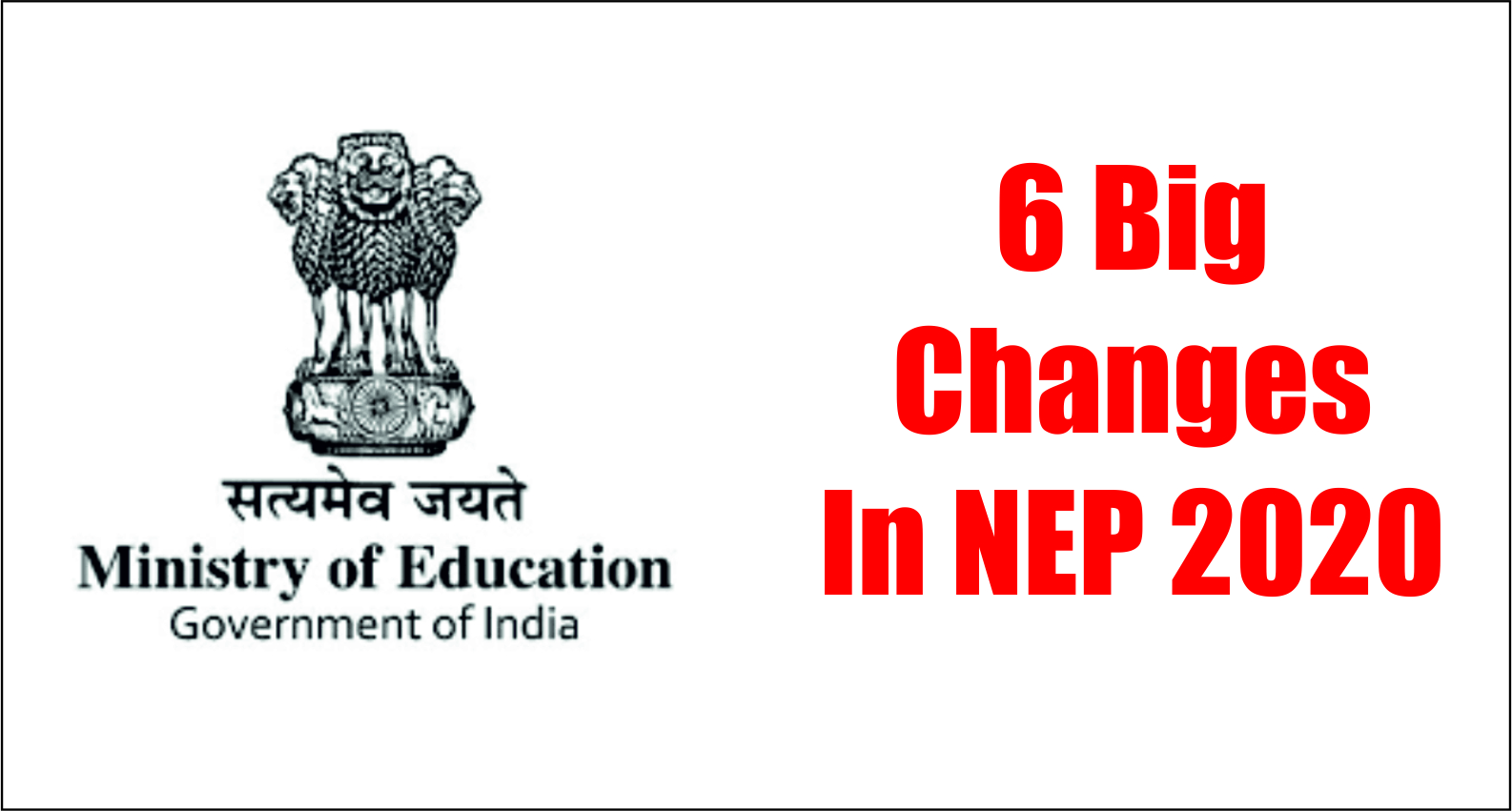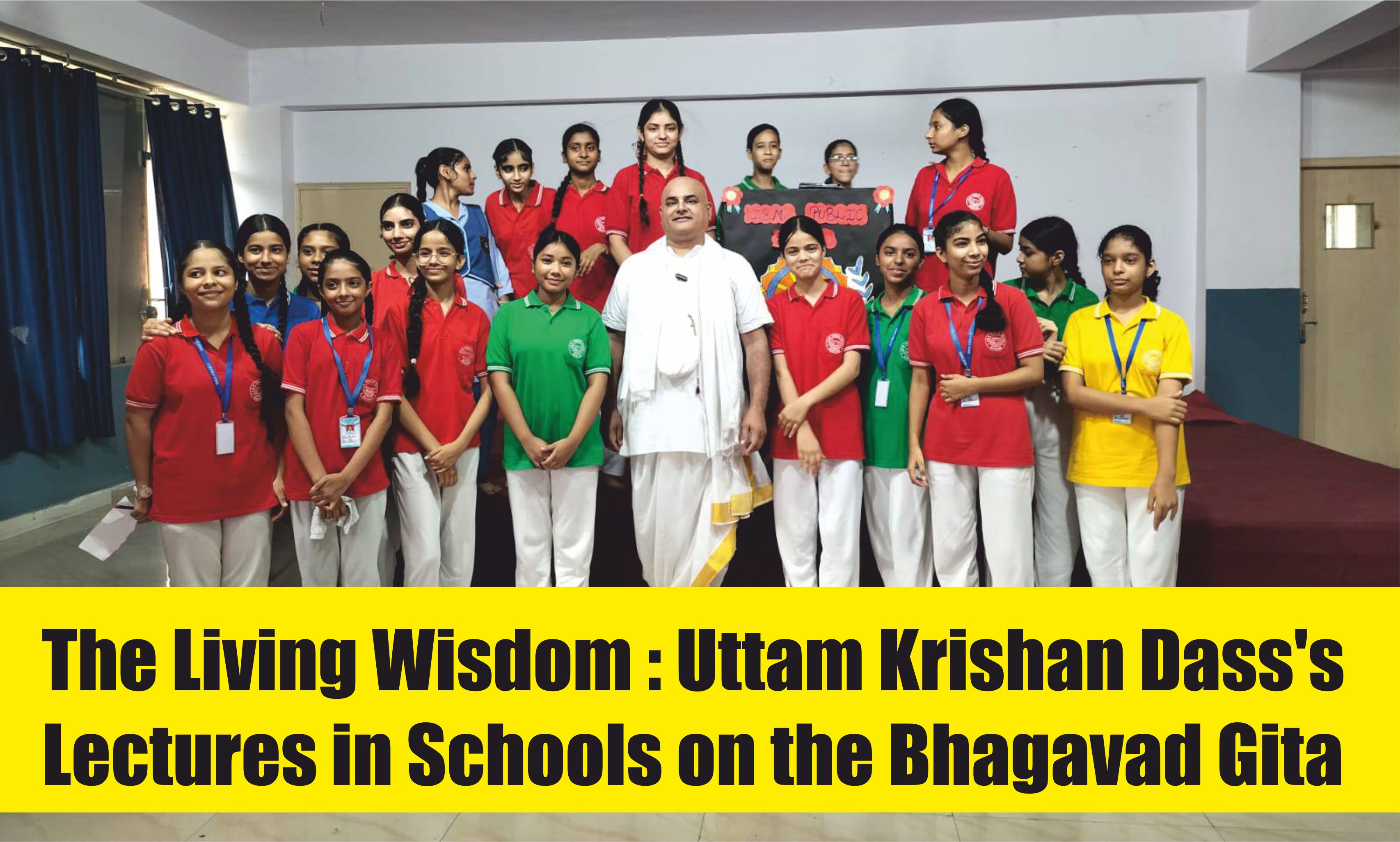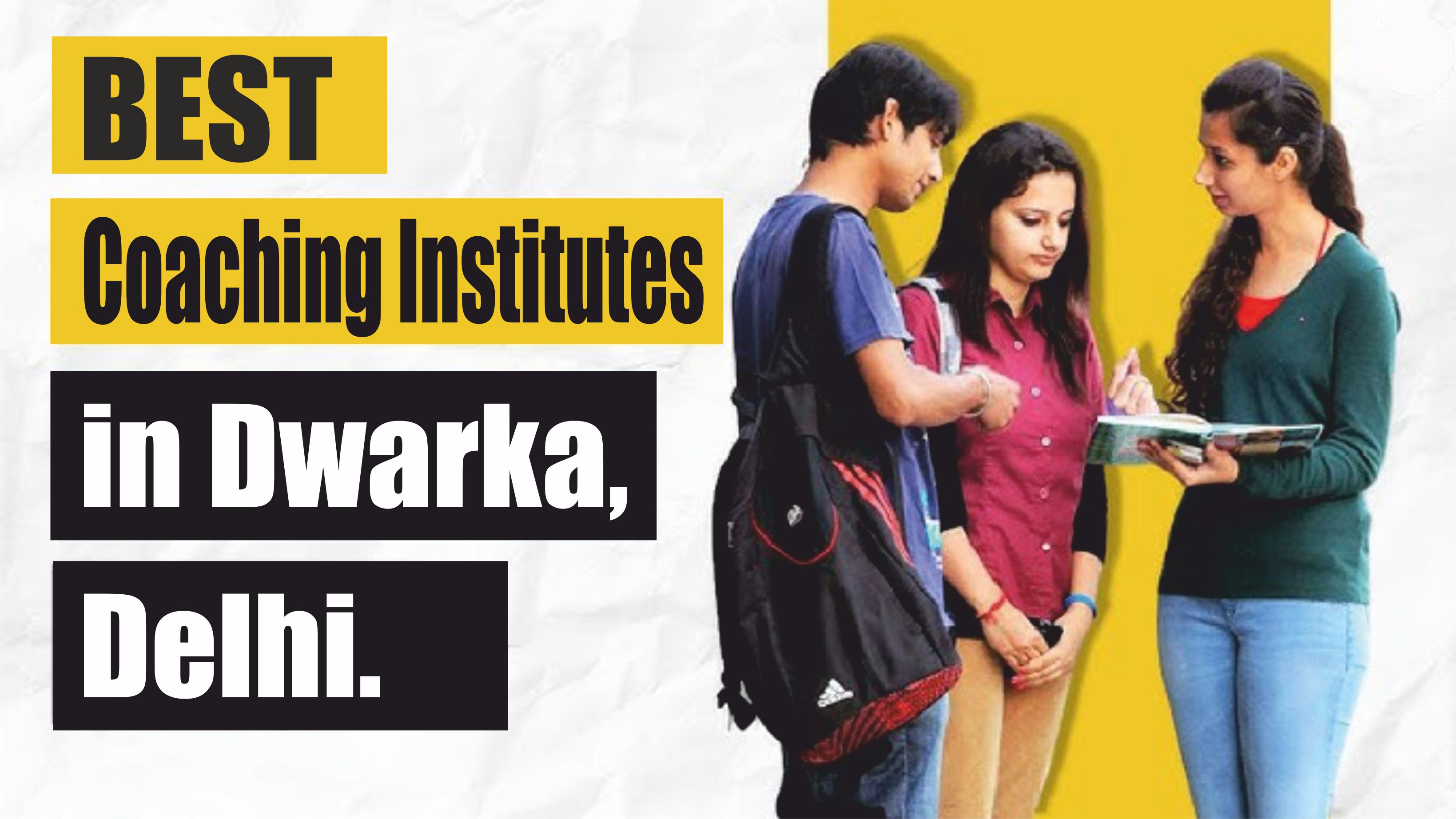6 Big Changes In NEP 2020 That Every Parent, Student, Educator Should Know

In an effort to raise learning outcomes and skill development and raise the standard of education nationwide, the National Education Policy (NEP) 2020 implemented a number of changes in the education sector. NEP 2020 promises a future-ready educational framework, with mandated teacher certifications, flexible college degrees, age-three schooling, and cutting-edge courses based on Indian knowledge.
Here are the changes every student, parent, and educator should know:
1. 4-Year Undergraduate Program With Multiple Entry and Exit Options
New three- and four-year undergraduate (UG) programs with a variety of entry and exit points were launched in NEP 2020. If a student decides to leave the program after one year, they will receive a certificate, a diploma after two years, or a bachelor's degree after three or four years.
2. Classes Start at Age 3
Ten years of elementary and secondary schooling and two years of upper secondary schooling were part of the previous 10+2 system. The four categories of the new class structure, which was implemented under NEP 2020, are Foundational, Preparatory, Middle, and Secondary.
- Foundational Stage (ages 3-8): Includes 3 years of pre-school (ages 3-5) and Classes 1-2 (ages 6-7)
- Preparatory Stage (ages 8-11): Classes 3-5
- Middle Stage (ages 11-14): Classes 6-8
- Secondary Stage (ages 14-18): Classes 9-12
- This new structure is designed to align learning with a child's developmental needs.
3. PARAKH Surveys
Through student assessment, the PARAKH Surveys were launched in NEP 2020 with the goal of raising the general standard of education. For instance, the survey determines the proportion of Class 3 students who are literate and able to conduct a basic transaction with 100 rupees. The results of this survey, which was completed in December 2024 and made public in July 2025, indicated that Classes 3, 6, and 9 had a substantial learning deficit. As a National Assessment Center, PARAKH collaborates closely with school boards to create examination reforms and assist schools in implementing the adjustments required to promote students' and education's overall development.
4. Vocational Education
Teaching the information and practical skills needed for a given job is known as vocational education. According to the 12th Five-Year Plan, only 5% of Indian students between the ages of 19 and 24 had access to vocational education, compared to 52%, 75%, and 96% in the USA, Germany, and South Korea, respectively. By 2025, at least 50% of middle and secondary school pupils should have enrolled in vocational education programs in addition to their regular coursework, according to NEP 2020.
5. New Courses on Indian Knowledge Systems
An elective subject on Indian Knowledge Systems was made available to high school students in the NEP 2020. Ancient Indian knowledge and its influence on contemporary India are covered in this course. Numerous subjects, including mathematics, astronomy, philosophy, yoga, architecture, medicine, agriculture, engineering, linguistics, literature, sports, games, governance, etiquette, and conservation, will be incorporated into this new course.
6. Minimum 4-Year Degree for Teaching Required
To be eligible for the position of teacher, candidates must finish a four-year integrated B.Ed. program. In addition to a bachelor's degree in education, this four-year program will provide a dual major in a specific field like language, history, music, computer science, chemistry, economics, art, physical education, etc. By 2030, completion of this program will be the bare minimum needed to be a teacher.



